7 plants that repel squirrels and keep them out of your yard
We’ve found 7 plants that will prevent squirrels from invading your yard
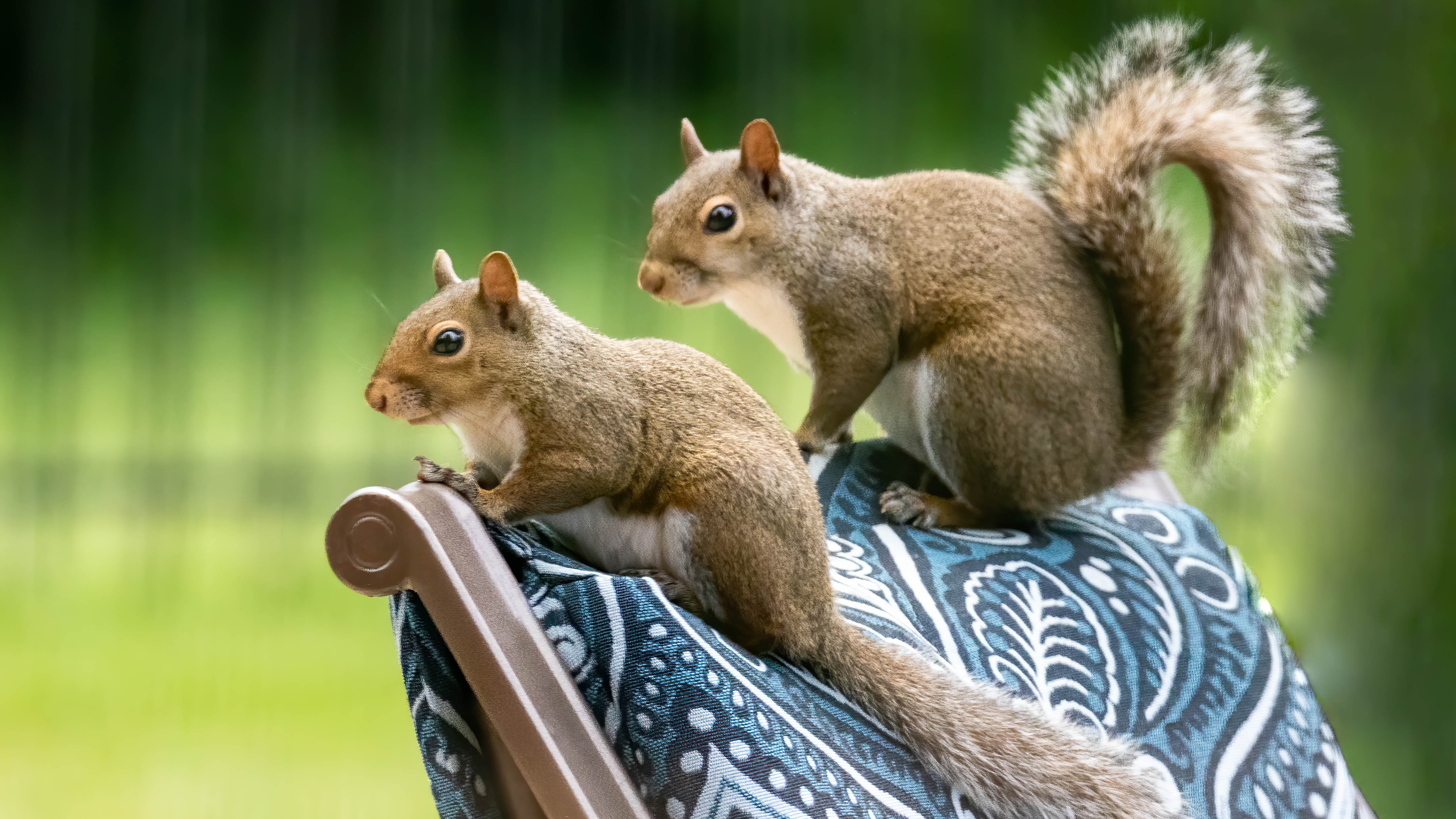
Squirrels are that rare case of a cute pest. Much like moles or chipmunks, they’re quite sweet on sight, but they can leave a lot of damage in their wake. From chewed up flower bulbs, to stripped pieces or bark, to pieces of lawn being torn up to access buried acorns, there’s many signs of a squirrel’s handiwork. And don’t get me started on the damage if they decide to take shelter in your home.
That’s why it’s best to control squirrel numbers in your yard where you can — particularly if the damage is becoming extensive. Learning how to get rid of squirrels is a good starting point and can help you deal with an immediate problem. But, there are ways to prevent these cute critters from returning. One such method is growing the right plants. While squirrels will make a meal of some of your foliage, certain plants will actually repel them. Keen to learn more? Here are 7 plants that repel squirrels.
Before we begin, it's worth flagging that every plant mentioned in this list is toxic to cats and dogs. Some are also dangerous to grow around children as well. If you've got young family members or pets in your yard, look for alternative methods to keep squirrels away.
Plus, here's 7 best pest-resistant plants for a bug free yard.
1. Onion and garlic
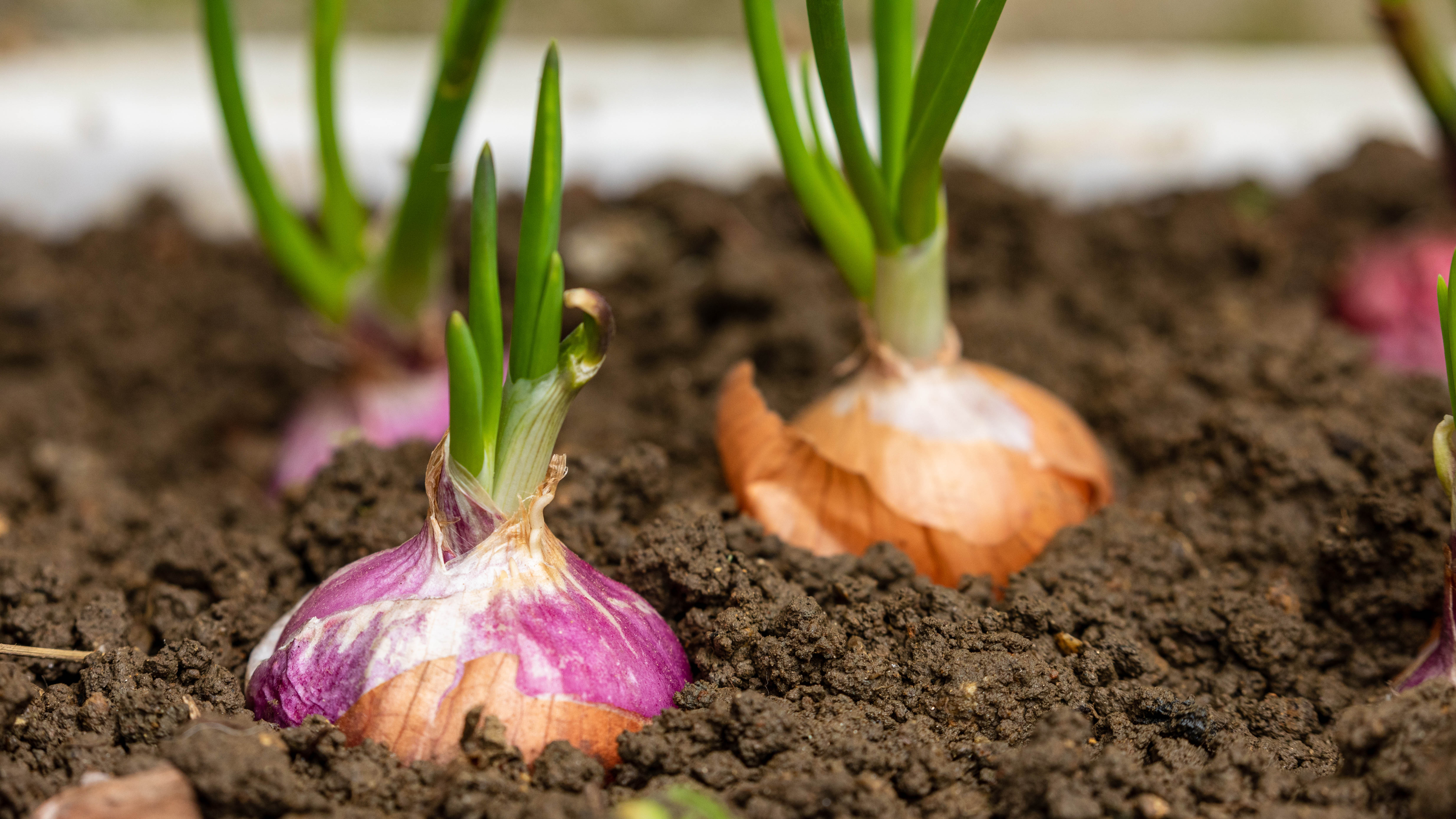
Alliums, such as onions and garlic, can come in more uses than one. While these plants provide an added ingredient for your meals, they will keep squirrels at a distance too. This is because that intense smell that we love so much is overwhelming for any nearby squirrels. And should the skin take damage, the sulphurous compounds emitted will be all the more potent — after all, it’s strong enough to bring tears to your eyes.
Alliums like these have a similar effect on all kinds of pests. For instance, they’re one of the 7 plants that keep mice and rats from invading your home as well as an option for 9 fly-repellent plants that will keep your home bug free. So they can be grown both indoors and outside to take advantage of that distinct aroma.
Growing garlic is simple. You just need to plant each clove 2 inches deep and 6 inches apart. Then apply about ½ to 1 inch of water a week for best growth. For full instructions, see how to grow garlic in 6 simple steps. Onions grow best in USDA zones 5-10, while garlic better suits zones 4-9.
Sign up to get the BEST of Tom's Guide direct to your inbox.
Get instant access to breaking news, the hottest reviews, great deals and helpful tips.
2. Hyacinths
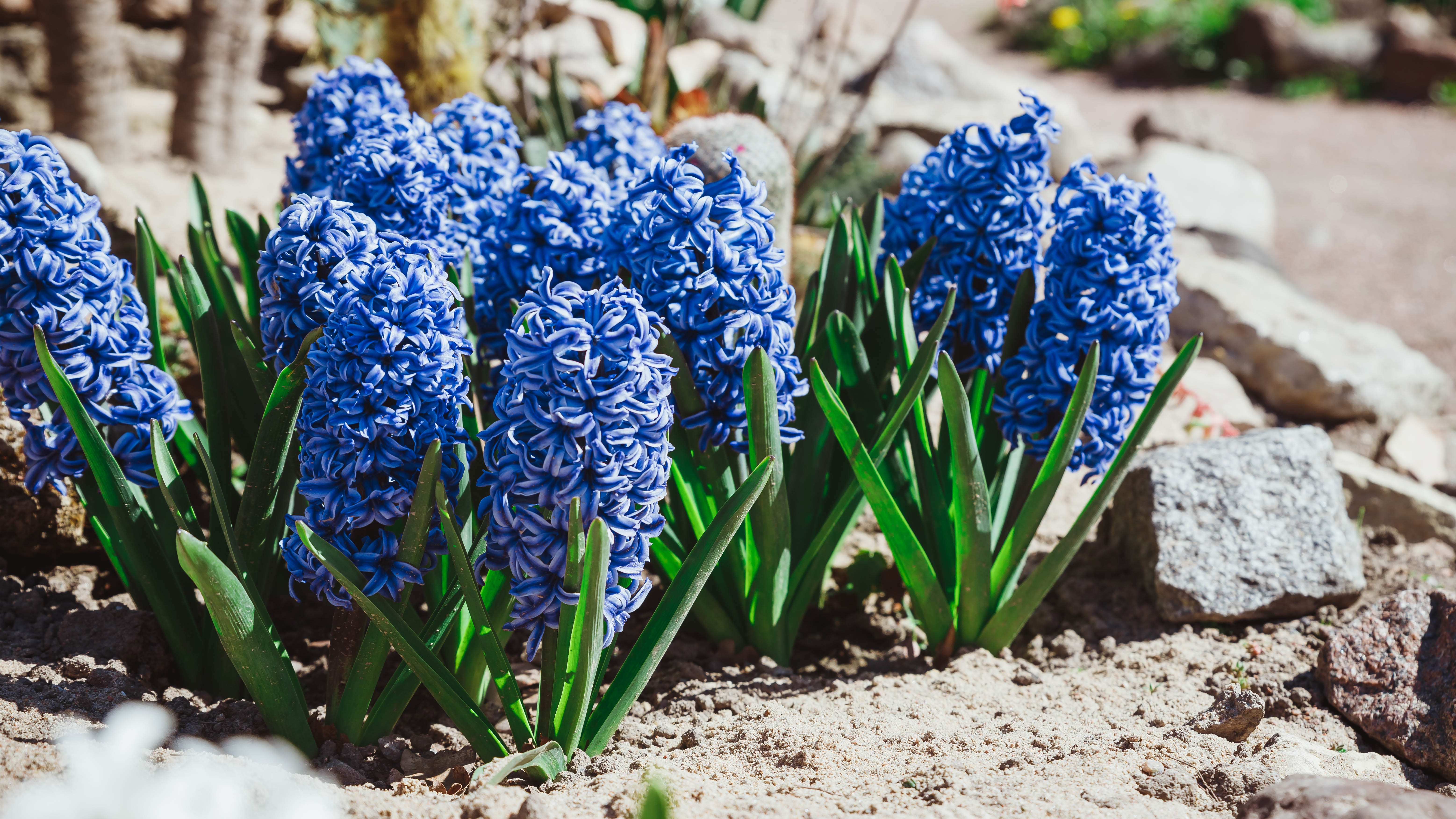
Hyacinths create a vibrant and fragrant display of flowers. Bloom colors range from white to pink to purple, and stand erect with one bulb producing one set of flowers per year. They’re grown both indoors and outside, often complimenting flower beds. This spring flower emits a powerful scent, often described as light and floral at first, evolving into a more intense aroma as it opens up, with spicy tones. The good news is this scent is too much for squirrels, and will have them scurrying up the nearest tree. On top of that, these bulbs are known to be toxic to squirrels as well, which will keep them at bay.
You can take advantage of this plant by strategically placing it around your yard — either growing it directly in your soil or via containers. Growing best in USDA zones 4-8, hyacinths bloom in the springtime for two weeks or longer, and the same bulb can bloom again next year with the proper care. It just needs to be cut back once the blooms are finished, then left to go dormant in a dark space until the following spring. These bulbs are toxic to children though, so avoid growing around young family members.
3. Lily of the valley
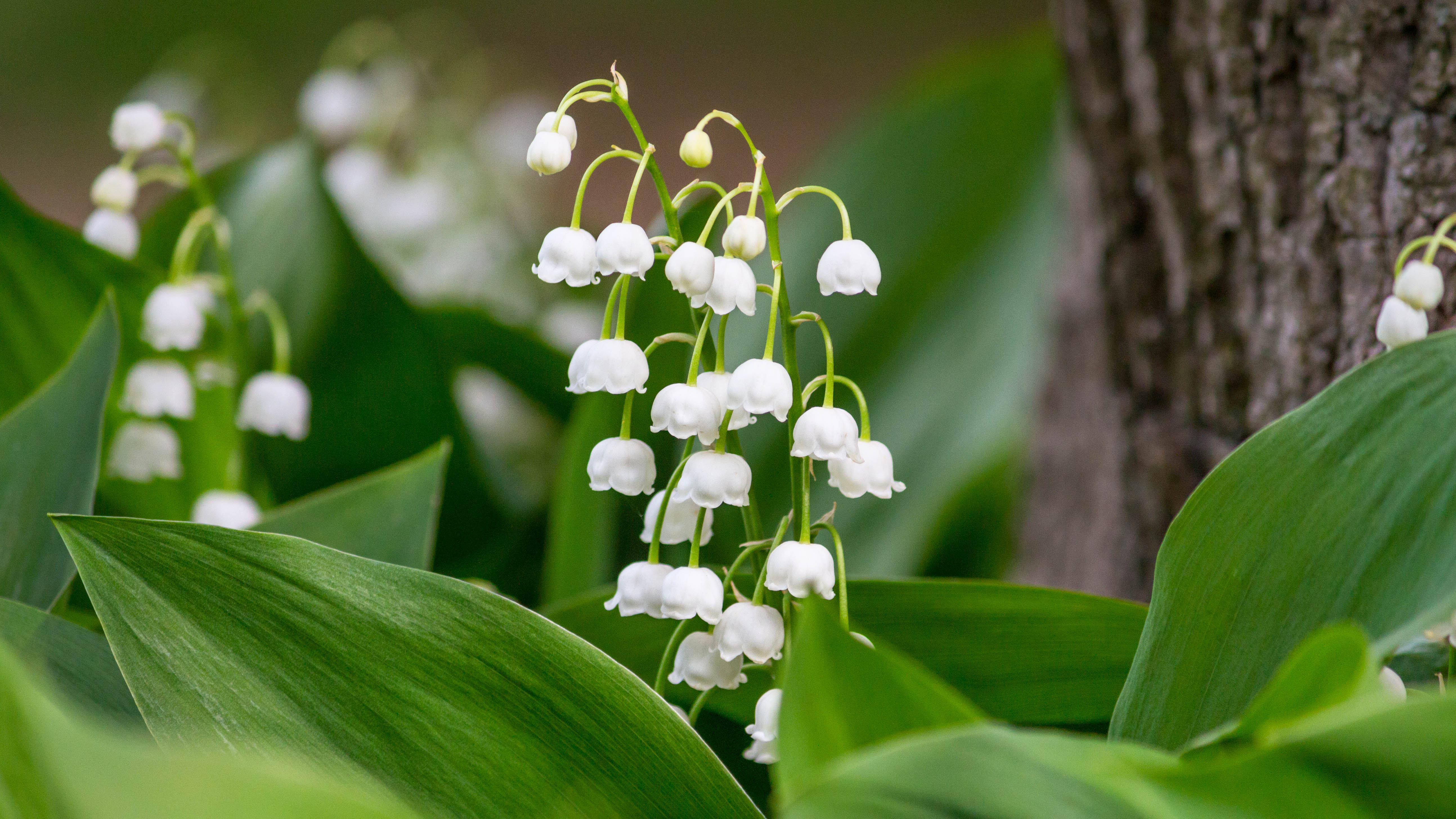
Lily of the valley has a very delicate appearance, with white bell-shaped flowers which hang heavily from the stems. However, despite its innocent display, this plant is actually poisonous to humans as well as cats and dogs. If ingested, it can lead to serious illness, and in severe cases, death. For this reason, lily of the valley shouldn’t be grown around children or pets. But if safe to grow, its attractive sweet and floral scent, similar to that of jasmine, can help keep squirrels at bay, and it's relatively easy to care for too.
Lily of the valley can be grown as ground cover, spreading up to 12 inches in height and width. It suits USDA zones 3-8 and prefers regular moisture. However, be warned that it can become invasive as it spreads quickly via rhizomes underground. If you’re thinking of growing this plant, you should check in accordance with local rules and regulations.
4. Daffodils
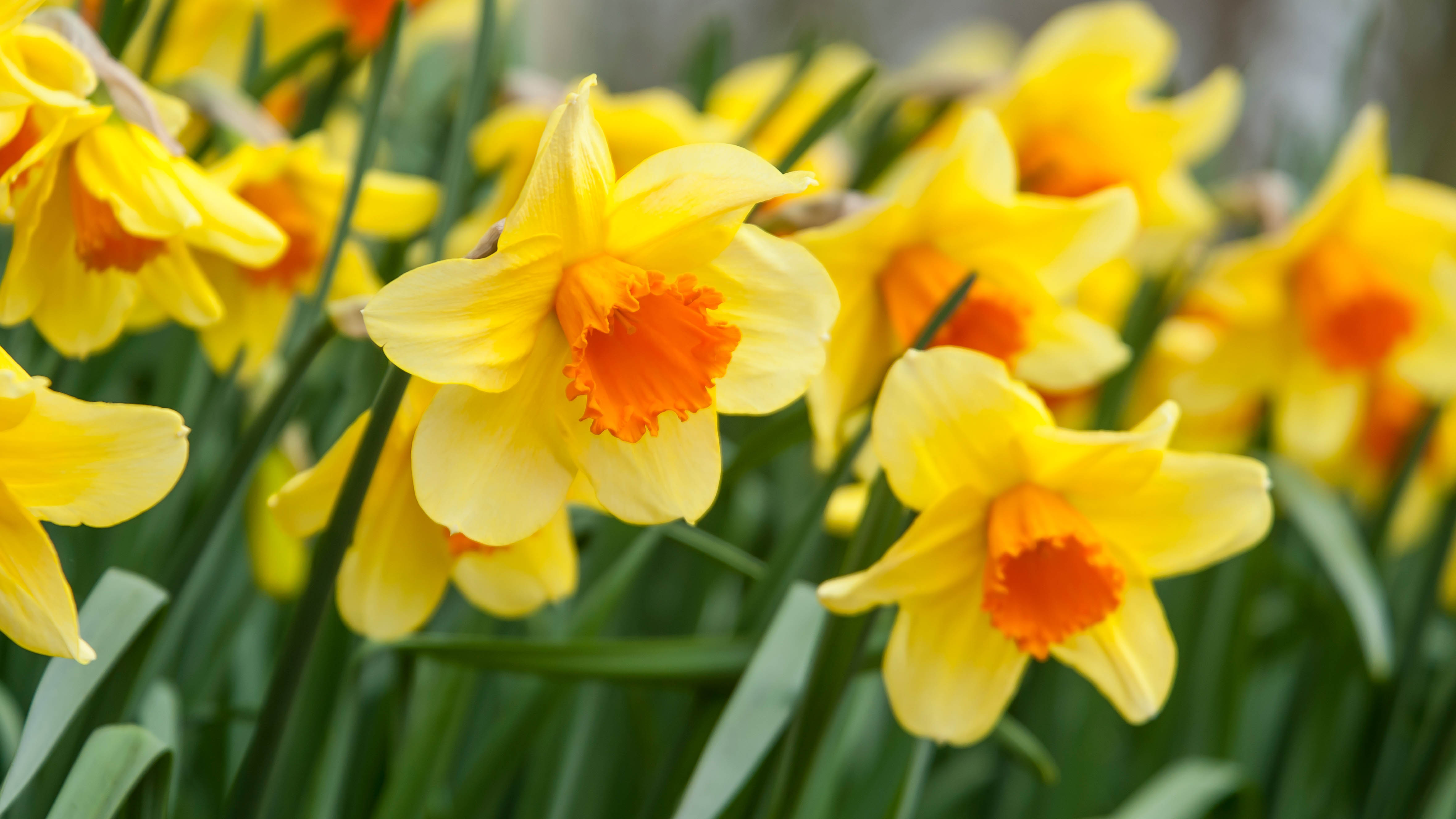
As daffodils bloom, it’s a sure sign that spring has sprung. But, the bright and vibrant display produced by these sun-shaped flowerheads is no good thing for squirrels. The bulb itself is known to be toxic because it contains the chemical lycorine, plus it emits an aroma which these rodents find extremely unpleasant. So, by planting daffodils in a border around those plants you want to protect, you’re creating an added layer of defense. Plus, any spare flowers you can cut and bring inside for decoration.
Daffodils are one of the easiest plants to grow, enjoying a sunny spot with well-drained soil. They’re suited to USDA zones 4-8 and will generally re-flower the following spring. Daffodils are toxic to cats, dogs and children as well though. So avoid growing if you’ve got young or furry family members running around.
5. Peppermint
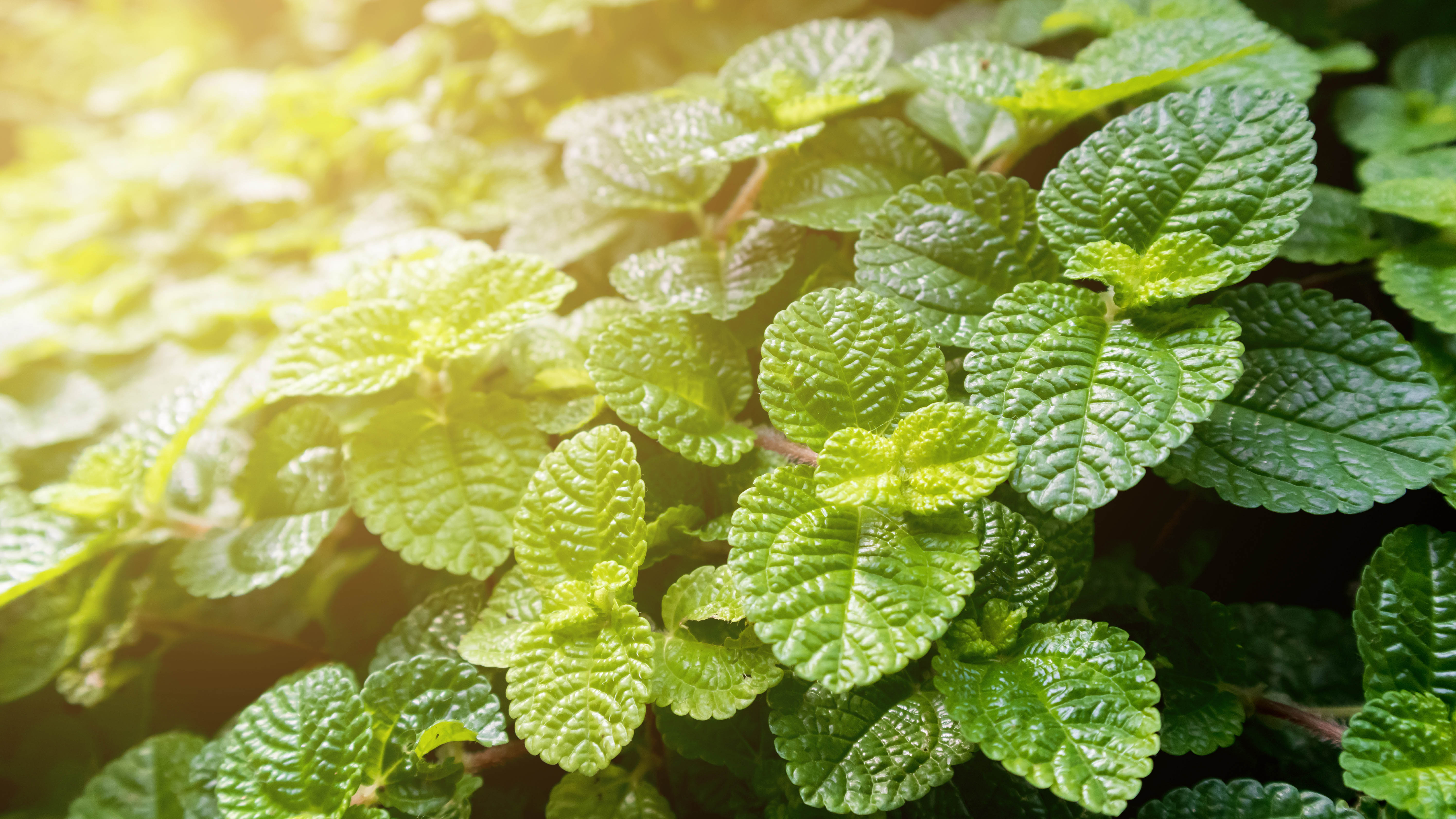
While peppermint smells fresh and minty to us, it’s sharp enough to keep a fair few pests away, including squirrels. In fact, we’ve found peppermint can deter fruit flies, wasps, rodents and even spiders. And considering you can reap the benefits of this plant in your evening meals, there’s little reason not to grow it. Mint in general is an effective pest repellent because of its intense aroma, but peppermint features a particularly potent scent, so it’s often recommended above the rest.
Peppermint is all too easy to grow, thriving in USDA zones 3-11. In fact, it’s a little too easy to grow and can quickly become invasive if left to itself in the open soil. For this reason, we recommend keeping peppermint in containers and placing it where necessary to deter squirrels. You’re definitely going to need a pair of the best pruning shears to keep its shape. Otherwise, it will grow well in full sun or part shade with regular access to water.
If you’re not a fan of this plant, you can always take advantage of its scent via essential oils, an example being Majestic Pure Peppermint Essential Oil ($14.95, Amazon). This is often diluted and sprayed around the yard as a bug repellent.
6. Galanthus
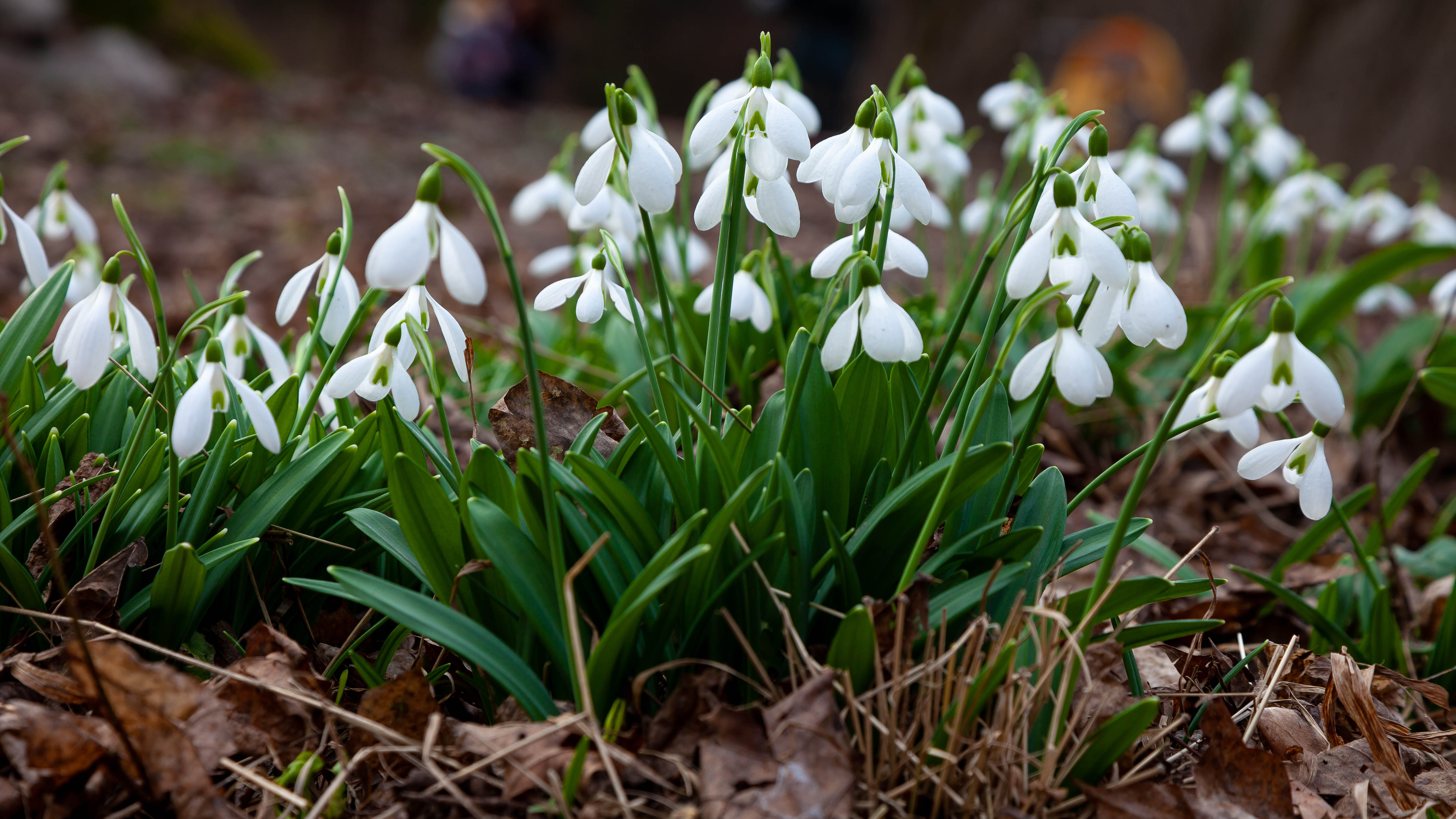
Galanthus, or snowdrop as it’s commonly known, is another bulbous plant which produces small, white hanging flowers. Just like lily of the valley, it’s toxic to pets and children, particularly the bulb. So skip this one if you’ve got young and unsupervised family members in the yard. As its snowdrop name suggests, this plant thrives in colder winters too, so warmer regions won't be suitable for its growth. It's best kept in USDA zones 3-7.
Galanthus flowers early in the year — they’re so winter hardy that they can even push up through the snow. The blooms will then fade in the late spring and the plant will remain dormant until next year. But, while you’ve got these bulbs in place, squirrels will leave them alone. This is because, much like daffodils, the bulbs are toxic to squirrels, as well as other pests, including the likes of deer and rabbits. So they’re useful additions to a pest-prone yard. Remember to water your snowdrops more regularly once the conditions heat up. As bulbs, these should be planted immediately in the fall, to flower by the following spring.
7. Geraniums
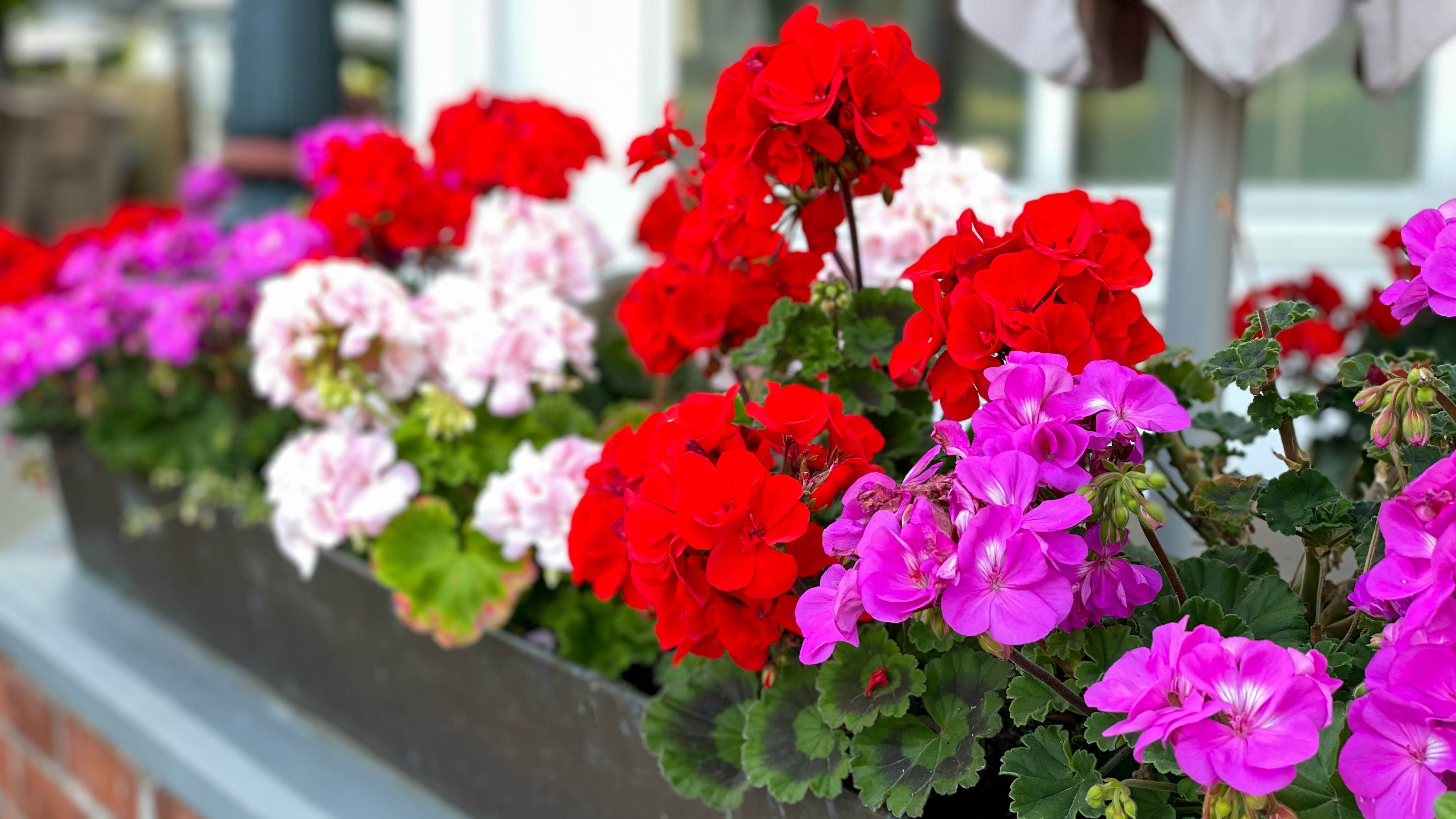
Finally, geraniums are a useful addition in a squirrel-proof yard. These sweet and simple plants produce blooms ranging in color from purple to red to pink. But, it’s not the vibrancy of color that repels squirrels, it’s actually the potency of the fragrance. Geranium fragrance is often described as a combination of citrus and rose, and while we may find it pleasant, squirrels don't so much. And considering how easy and commonplace these plants are to grow, it’s no surprise that their repelling qualities are often taken advantage of. For instance, they’re one of the 7 plants that repel cats too.
Geraniums grow best in USDA zones 3-9, ideally placed in full sun with moist and well-draining soil. These can flower from spring to fall, so you can benefit from the squirrel repellent properties through most of the year. You can also overwinter geraniums for blooms again the following year.
More from Tom's Guide

Katie Mortram used to be a Homes Editor for Tom's Guide, where she oversaw everything from kitchen appliances to gardening tools, as well as smart home tech. Specializing in providing expert advice for cleaning and home manintenance, she now works as Household Advice Editor for Good Housekeeping.
